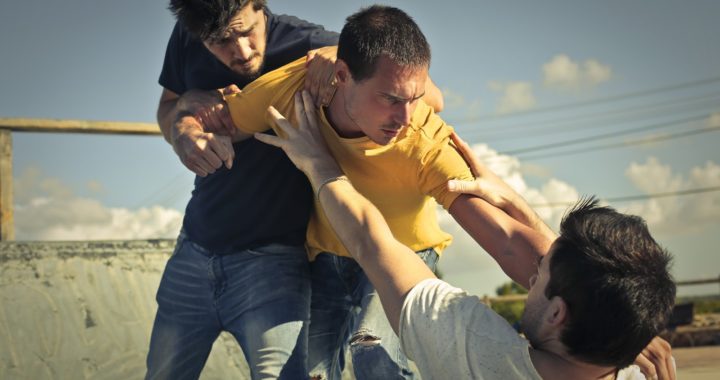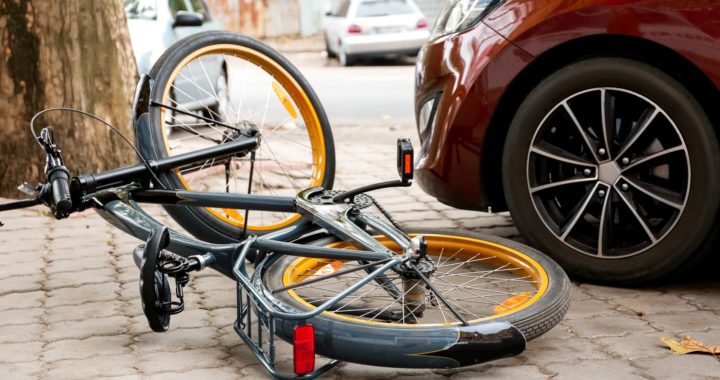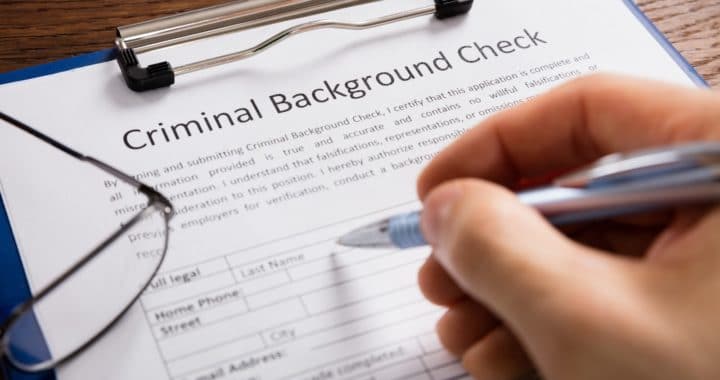Being stopped by police can be stressful and nerve-racking, especially if you have never found yourself in such a position before. It can be hard to know what’s right from wrong when you’re having a hard time thinking straight. Of course, you should always remain as calm and collected as possible in order to keep things straight, but if things escalate it is important to know what you can do and where your rights stand as a civilian. The Law Office of W. Shane Jennings is here to help by outlining the most important things to keep in mind when being arrested by police.
Make It Known that You Wish to Remain Silent
Although you may already be familiar with this right, it is one of the most powerful rights you have. The fact that whatever you say can be held against you in court can either make or break your case. You can have some control of the case when you decide to exercise your right of staying silent and making it known to the police.
Ask for a Lawyer Immediately
One thing you should make note of when being arrested is that you wish to have a lawyer appointed to you immediately. With that being said, you can hold off on speaking until you have a lawyer in your presence. A lawyer can help you understand what you should and should not do while you are being detained once they are appointed to you.
Make a Local Phone Call
When you are being detained, you have the right to make a phone call and police officers are not allowed to listen to what you are saying while on said call. You can either use this call to contact a lawyer (if there is one in specific you want to work with) or a family member. Do not hesitate or be afraid to ask for a phone call.
Stay Calm and Comply as Much as Possible
When being arrested, it is best to comply as much as you can in order to prevent problems from worsening. Do not lie if you wish to speak and do not attempt to run away or resist. This will only worsen the situation and they could hold more charges against you. Staying calm, as challenging as it can be, is the best thing you can do for yourself.
If you believe your rights were violated…
The abuse of power is something that can definitely happen. In these instances, your rights were not completely respected during the arrest and detainment. Things can easily get out of hand when force is used, so if this happened to you, we highly recommend taking up the following immediately after the incident:
Make note of everything that happened
Try to recall how everything happened from the point that things got out of hand to the point where you reached the police station. It is also good to try to remember how many officers there were, what exactly they were saying, the amount of force used, patrol car numbers (if possible), etc. All of these little details are really helpful when found in these situations. It would also be good to get contact information from witnesses if you can reach out.
Take pictures if injured
If you have any injuries, no matter how big or small, take pictures as soon as you can. The more recent the injury is, the better piece of evidence it makes. It is also good to collect medical documents and records when seeking medical attention because they also make good pieces of evidence. You can also mention how these injuries are affecting your work and personal life and how exactly injuries happened. The case is more likely to turn in your favor when you can provide adequate proof and evidence.
File a written complaint
It is crucial that you do the most for yourself if you feel that your rights have been violated. Take it up to the supes, file the complaint and be very clear with why you are unhappy with your arrest. Make it known that you have rights and that you are entitled to them, no matter what your arrest was for.
Contact The Law Office of W. Shane Jennings, Today
W. Shane Jennings specializes in criminal defense and personal injury law, which is why our law office is your best choice. If you have recently been arrested or charged with a crime, do not wait. Contact us today so we can get started on your case right away.










